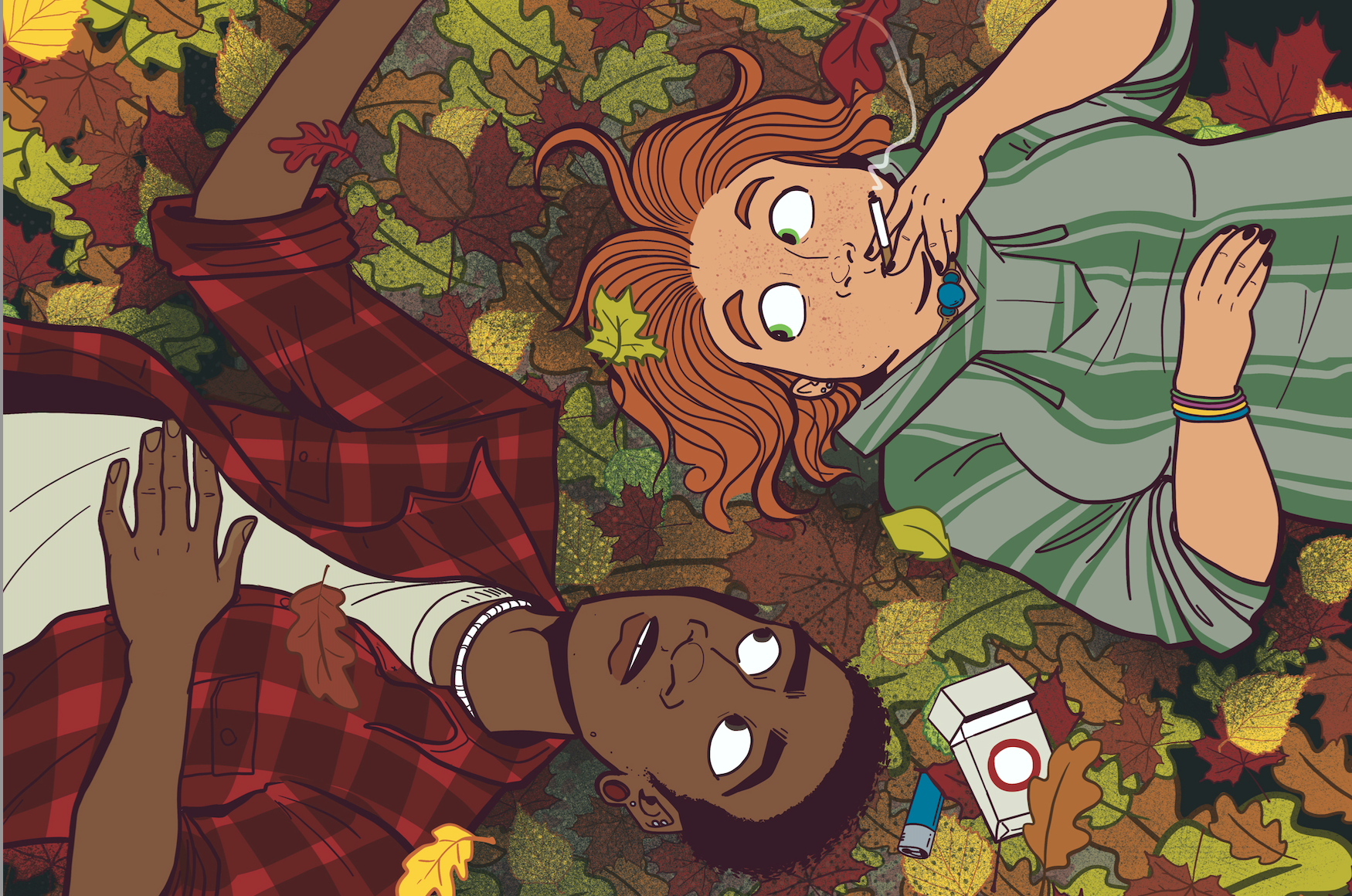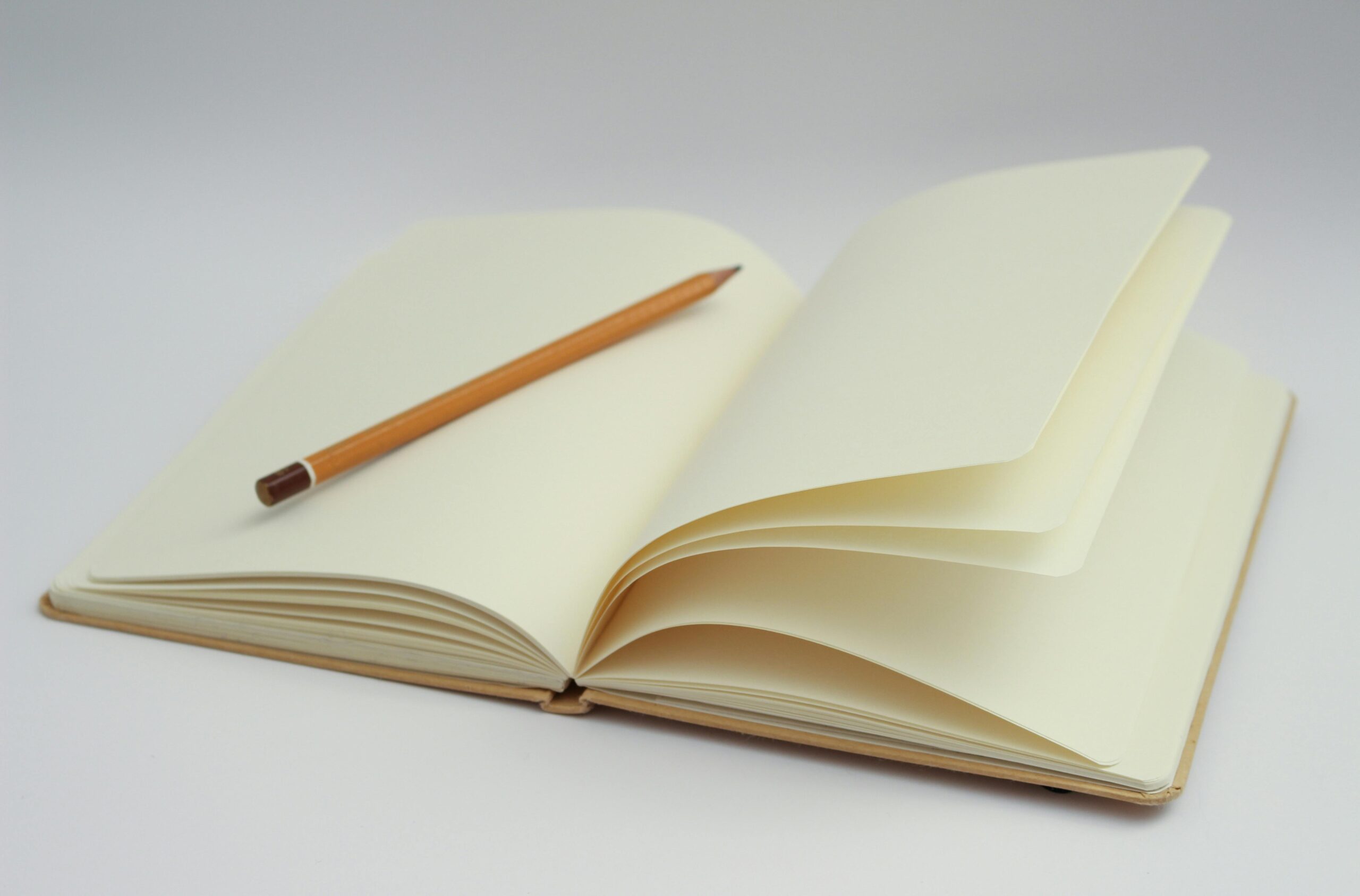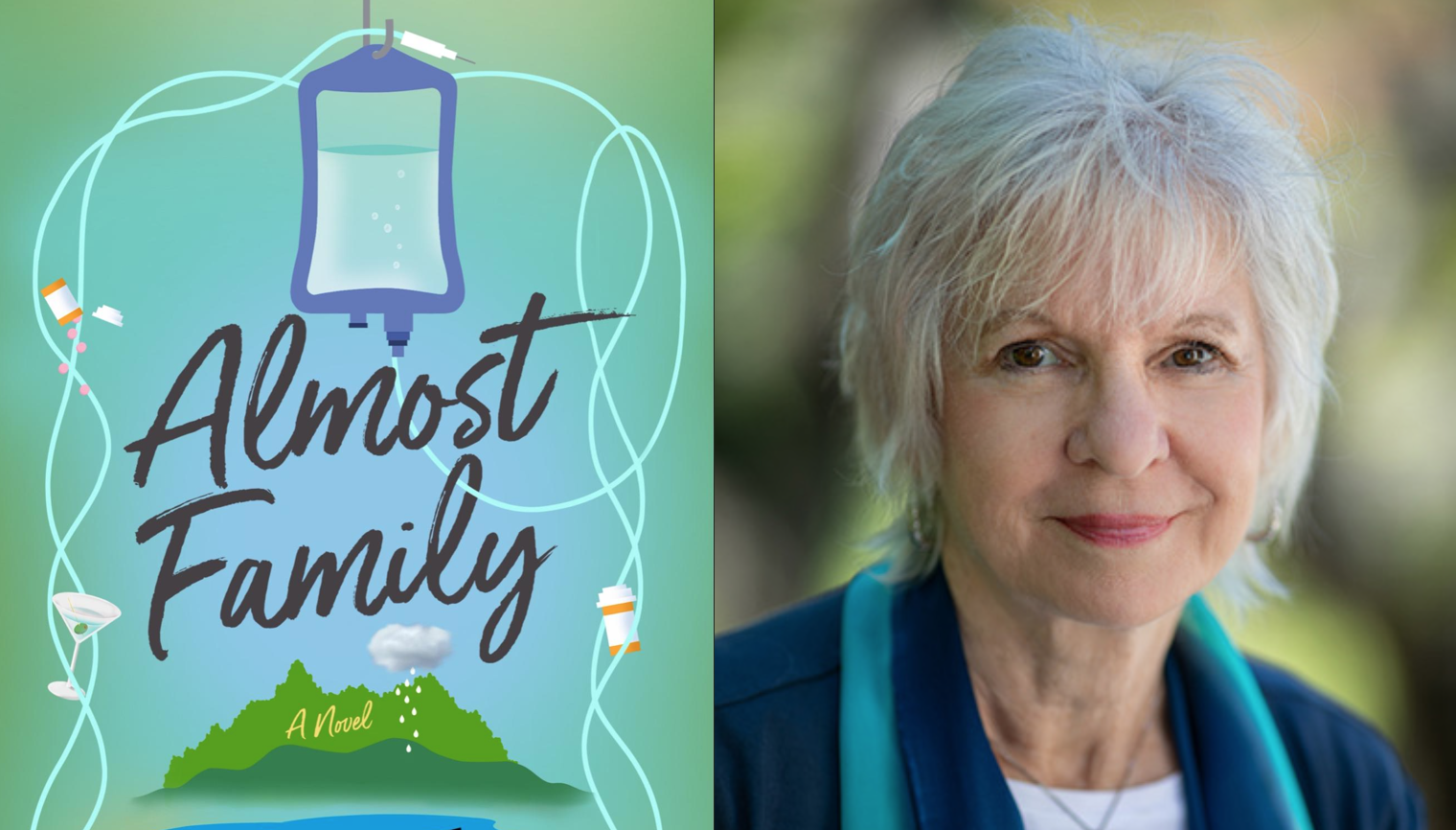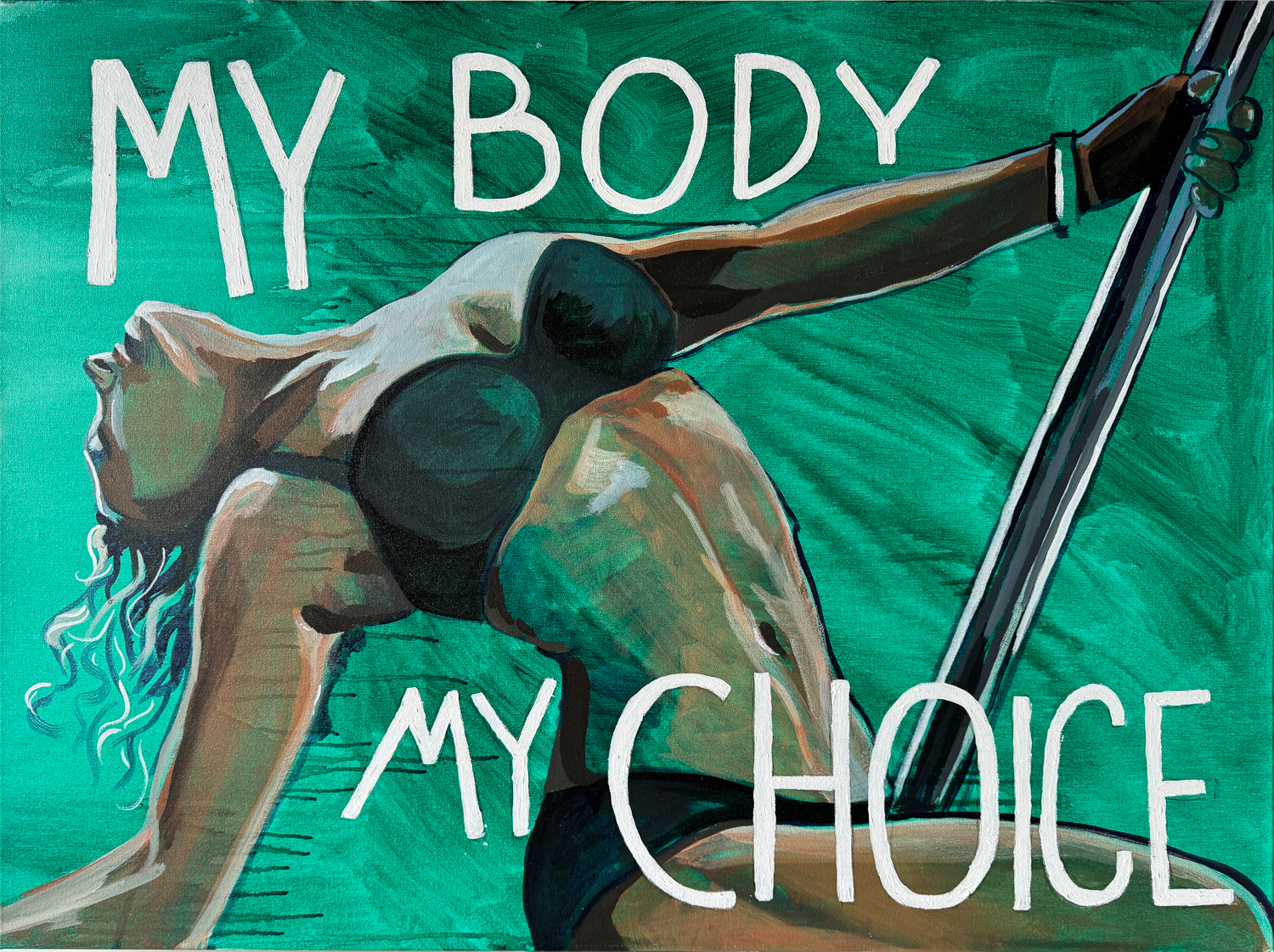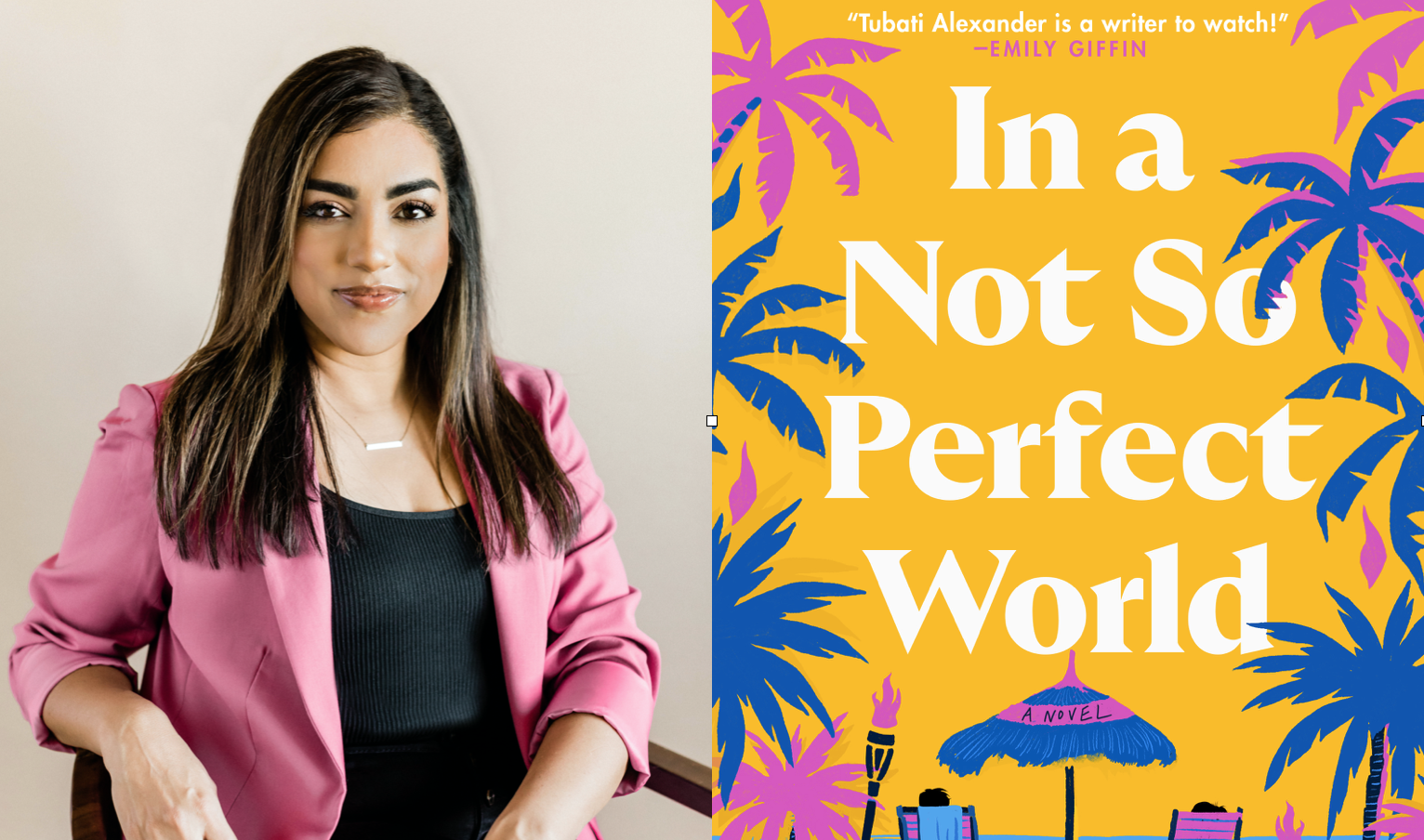
In the May issue of O Magazine, the publication decided to broach the subject of race in a way that reflects the current socio-political climate across America right now. Whether it is the constant barrage of news about hate crimes toward minorities, trying to decode the racially-charged statements made by our current president on the campaign trail, or making sense of certain policies that don’t necessarily overtly mention race, but which Supreme Court Cases have assessed disproportionately discriminate against one particular group.
It is a subject that has been dominant in America since its birth, and over the past few years has become heightened. It’s not just the major incidents that are worth taking note of, but also the everyday, and often smaller experiences that contribute to what has become a highly charged national discussion.
O Magazine decided they weren’t going to shy away from it either, and published a very powerful photo essay to challenge perceptions on certain racial stereotypes, but also spark conversations about our own biases, some we may not have even known we possessed.
“It seems that the topic of race, always simmering in our national consciousness, has moved squarely to the front burner. In coffee shops and on Twitter feeds, we’re talking about border walls, travel bans and movies where black guys are body-snatched by scary white liberals. We’re debating whether the Hollywood playing field will ever be level for creatives of color, whether athletes are heroes or traitors for sitting out the national anthem. We’re watching yet another iPhone video of brutality trying to disguise itself as justice. People of every color are looking at each other as if to say, ‘What now?'” said an introductory article on the O Magazine website, titled ‘Why We Need To Talk About Race’.

The photo essay that has been getting a lot of attention on social media and in the media is called ”Let’s Talk About Race’, by photographer Chris Buck. In just three powerful images, he chose a few well-known scenarios in everyday life according to certain racial tropes and flipped the roles normally occupied by women of color.
A nail salon, a space where we typically see Asian women portrayed doing the work, are the customers getting the pedicures in Chris’ image, with white woman playing the role of beautician. A young white girl in a toy store looks a shelf stocked with dolls, and instead of seeing any that look like her, they are all dolls that are various shades of brown and black. And finally, a young rich Latina woman sits on a chair in her opulent lounge room, while a middle-aged white woman dressed in a maid’s outfit pours her a cup of tea while not being acknowledged by the Latina woman in the slightest.
The images are meant to provoke thoughts about race and power, while leaving it open to the reader to interpret what the images could mean to them, according to an interview with Chris Buck on Mic.com.
“When you see an image of someone from a different background, what is your expectation of them?. When you see an image from someone [of a different race], what is your expectation of them and are we challenging it? Why do we expect a certain thing from someone of a [certain race] and expect them to be serving another [race]?” he said.

Editor-in-chief of O Magazine, Lucy Kaylin, originally came up with the concept for the series after a discussion with Oprah Winfrey herself.
“It was a topic on all of our minds and [Winfrey] was eager for us to tackle it. The main thing we wanted to do was deal with the elephant in the room—that race is a thorny issue in our culture, and tensions are on the rise. So let’s do our part to get an honest, compassionate conversation going, in which people feel heard and we all learn something—especially how we can all do better and move forward,” she told Mic’s Sarah A. Harvard.
Chris talked about the discomfort he initially felt doing the shoot, as a straight, white male but knew he too had to be part of the ongoing conversation about race and justice, challenging his own perceptions.
“As a photographer in the U.S., for me to not be engaged in these issues would be a blind spot. It’s important for me to be involved in stories like this, and help them become more nuanced and interesting. This is my job,” he said.
In the fashion, advertising and photography industries, it is no secret that there is a lack of equality and diversity in mainstream images of beauty, so hearing a photographer express why he feels this is an important discussion to be part of is encouraging. Chris said he liked that the images weren’t too “in-your-face”, but presented the issue in a light-hearted manner.

“For white people like me, we need to understand just because we’re talking about race doesn’t mean fingers are being pointed at us. To me what’s great is that it’s made conversation. I want people of color and white people to be able to have a dialogue. I don’t want white people to feel like they’re being talked at or black people to feel like they’re being shut down either. All parties need to feel welcome at the table in this discussion. That’s how we move forward and to me, at their best, that’s what these pictures can do,” he told The Huffington Post.
As Mic.com points out, there have been both positive and negative reactions from social media users, but for women of color, particularly those who have perhaps grown up in a world not feeling represented in everyday scenarios or mainstream imagery, it struck quite a profound chord with them.
“It was incredibly difficult to feel like I had my own sense of belonging. White seemed to be ‘normal’ from going to school and being one of the very few Asian Americans there, to seeing what was on the television screen — overbearing whiteness,” said Judy Gerlade, a Filipina-Chinese American woman who said she would’ve loved to see a doll that looked like her growing up.

It’s no surprise that some people have reacted negatively to the images, yet the most important thing here is that the conversations are being had, and people of color, especially women and minorities, are able to use this as a jumping-off point to share their own personal experiences, and why representation matters.
As O Magazine points out, the race issue must be about identifying and dismantling harmful “systemic racism embedded in our country’s laws and institutions”, but also about the individual experiences and actions each of us can take in eliminating fear of the “other” and closing those gaps.
“At this moment in our history, one truth is self-evident: We can’t afford to say race is just a black thing, or a Hispanic thing, or an Asian thing or a #StayWoke thing. It’s a human thing. And no human anything ever benefited from people keeping their mouths shut,” the article states.
We’re glad O Magazine didn’t keep their “mouths shut” and that people are talking about these images. This photo essay and all it represents for each of us who are challenged by the images prove that every person, every platform, and every industry can contribute to making powerful and necessary change in our culture.












